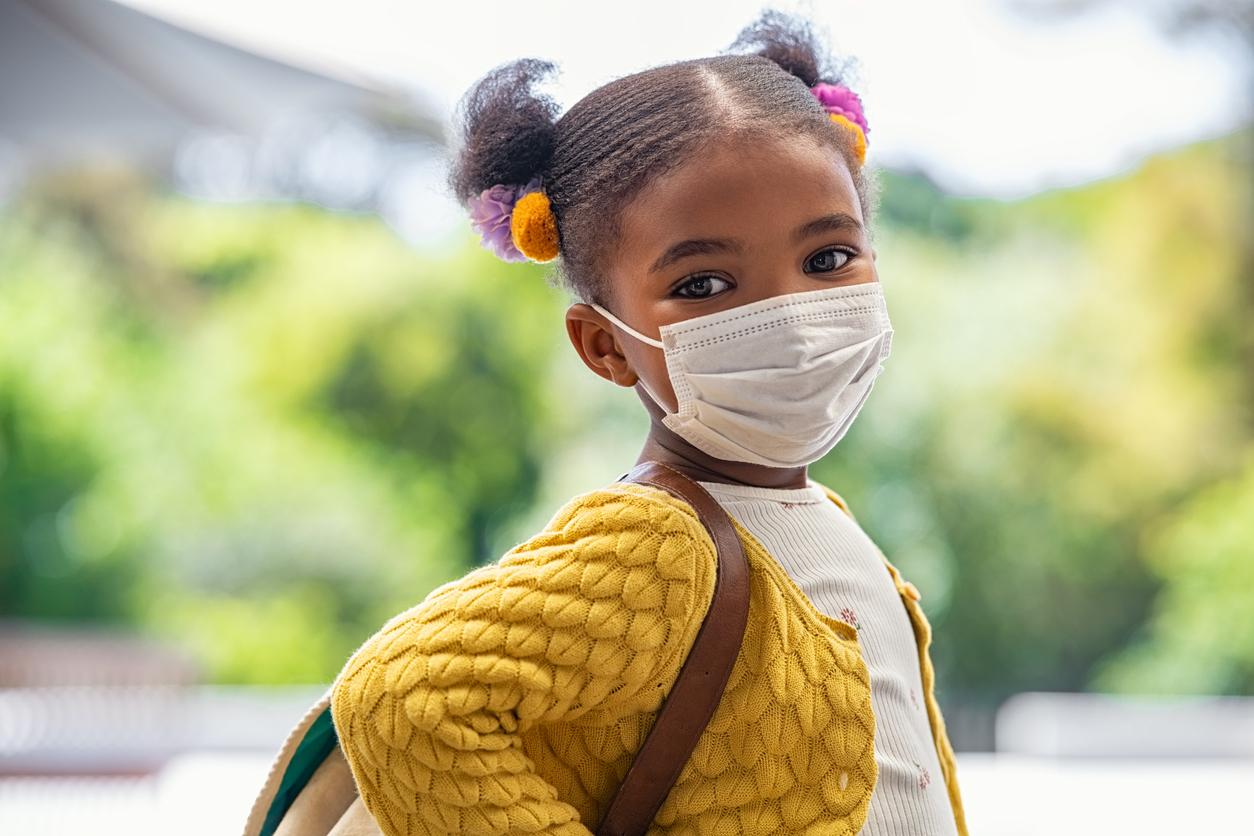A new study in PNAS shows non-White students were more likely to not enroll in US school districts offering in-person instruction in of 2020, based on data from 9,000 districts representing 90% of public school students in the country.
The opposite was seen with White students: They were more likely to not enroll in schools that began the 2020 school year virtually. Enrollment trends for both White and non-White students continued through the 2021-22 school year.
It is particularly important to understand how different racial groups responded to COVID policies.
"Given that prior research finds virtual instruction is associated with lower levels of student achievement, and the fact that enrollment directly determines school district funding, it is particularly important to understand how different racial groups responded to COVID policies," the authors wrote.
2020 saw largest enrollment drop in US history
Fall 2020 brought the biggest upheaval in public school enrollment in US history, with a 2.8% decline in public school enrollments, the largest single-year decline ever recorded.
After controlling for several factors, the authors found that virtual districts experienced an average enrollment decline of 2.7%, compared with declines of 1.4% and 1.9% for in-person and hybrid districts, respectively. Enrollment declines in in-person districts were 48% smaller than those seen in virtual districts.
Among the 9,000 districts included in the study 27% (enrolling 44% of students) started the 2020-21 year fully virtual, while 44% (enrolling 33% of students) started the 2020-21 school year in-person.
School was in-person in almost all districts during the 2021-22 school year, but enrollments remained below prepandemic levels in 73% of districts. In 42% of districts (enrolling 35% of students), 2021-22 began without a mask requirement in classrooms.
The drop in enrollments was starkest in urban districts; urban enrollments declined 3.2% in 2020-21 relative to 2019-20, and then dropped 4.3% below pre-COVID levels in 2021-22. In suburban and rural districts, enrollments declined by 2.6% in 2020-21 but recovered 0.1 percentage points of this decline in 2021-22.
Overall, high school enrollments did not experience significant change in the pandemic, but kindergarten enrollments dropped by 10% in the fall of 2020 compared to the prior year. Elementary (grades 1 through 5) and middle school enrollments declined by 4.2% and 2.2%, respectively, the authors said.
More white students returned to in-person instruction
A total of 38% of students in virtual districts were White, compared with 66% in hybrid districts and 55% in in-person districts. Districts offering in-person instruction were more likely to be rural (27%) than those offering hybrid (22%) or virtual (11%) instruction. Virtual districts were also more likely to be politically liberally.
"This geographic variation resulted in many large, urban districts (like Houston and Orlando) starting fall 2020 in-person and small, rural districts (e.g., in California) starting fall 2020 virtually," the authors noted.
Racially, inverse trends among White and non-White students were noted.
"White enrollment declined 2.7 percentage points less when the district adopted in-person learning (relative to virtual), while Black enrollment declined 3.1 percentage points more under the same scenario," the authors wrote.
The authors suggested a number of reasons non-white students may have been leery of in-person school in 2020. Minority communities saw more COVID-19 illness and deaths early in the pandemic, with age-adjusted death rates from COVID-19 65% greater among Black and Hispanic people compared to Whites.




















